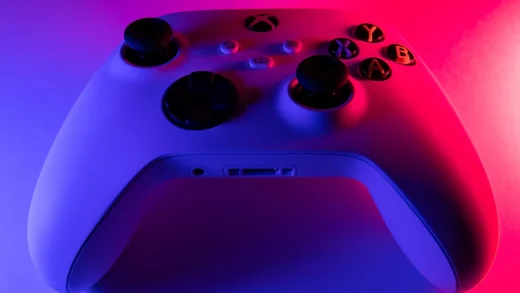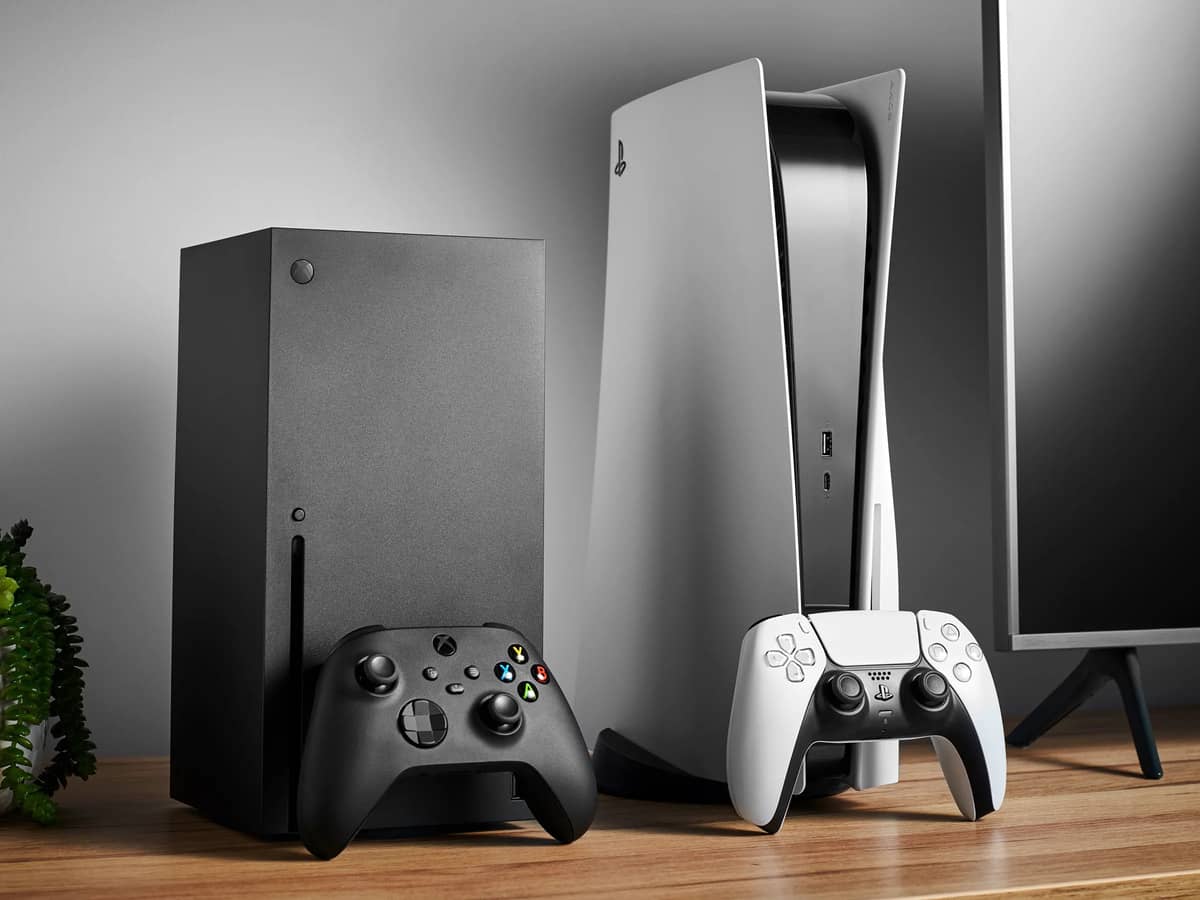Introduction
In the world of gaming, audio can be the difference between victory and defeat. Whether you’re immersed in the rich storytelling of a single-player adventure or battling it out in a high-stakes multiplayer match, having the right gaming headset can elevate your gaming experience to a whole new level. But with a plethora of options on the market, how do you choose the perfect gaming headset for your needs? This comprehensive guide will walk you through the essential factors to consider, ensuring you make an informed decision that will leave your ears buzzing with excitement.
Understanding the Basics
What Is a Gaming Headset?
Before we dive into the nitty-gritty details, let’s start with the basics. A gaming headset is a specialized audio device designed for gamers. It typically consists of headphones and a built-in microphone, all in one unit. These headsets are crafted to provide immersive sound quality, clear communication, and comfort during long gaming sessions.
Types of Gaming Headsets
Not all gaming headsets are created equal. Understanding the different types available is the first step in choosing the right one for you:
1. Wired Gaming Headsets
- Pros:
- Stable connection with no signal drop.
- No need to worry about battery life.
- Cons:
- Limited mobility due to cable.
- Cable management can be a hassle.
2. Wireless Gaming Headsets
- Pros:
- Freedom of movement.
- No tangling cables.
- Cons:
- Need to recharge batteries.
- Slight latency in audio transmission.
3. Virtual Surround Sound vs. Stereo
- Pros and cons of each audio technology.
- How they affect your gaming experience.
Sound Quality Matters
Audio Drivers: The Heart of Sound
The quality of sound produced by your gaming headset largely depends on its audio drivers. Here’s what you need to know:
1. Dynamic Drivers
- How dynamic drivers work.
- Suitable gaming scenarios.
- Example: Exploring a fantasy world in an RPG.
2. Balanced Armature Drivers
- Understanding balanced armature technology.
- Ideal gaming genres.
- Example: Competitive first-person shooter matches.
3. Planar Magnetic Drivers
- The science behind planar magnetic drivers.
- When to choose them.
- Example: Immersive open-world adventures.
Surround Sound: Is It Necessary?
Many gaming headsets boast surround sound capabilities, but is it a must-have feature?
1. Benefits of Surround Sound
- Enhanced spatial awareness.
- Immersive gaming environments.
- Example: Hearing footsteps behind you in a battle royale game.
2. Stereo Sound: A Viable Alternative
- When stereo sound is sufficient.
- Avoiding unnecessary costs.
- Example: Enjoying a music-driven game.
Comfort Is Key
Finding the Right Fit
Long gaming sessions demand comfort. Explore the factors that contribute to a comfortable gaming headset:
1. Over-Ear vs. On-Ear vs. In-Ear
- Pros and cons of each style.
- Personal preference and gaming duration.
2. Headband and Ear Cushions
- The role of cushion materials.
- Adjustability for a custom fit.
- Example: A marathon gaming session without discomfort.
Microphone Matters
Built-in vs. Detachable Microphones
Clear communication with your teammates is crucial. Let’s weigh the options:
1. Built-in Microphones
- Convenient but may lack flexibility.
- Noise-canceling features.
- Example: Coordinating strategies in a team-based game.
2. Detachable Microphones
- Flexibility to upgrade.
- Focused voice clarity.
- Example: Streaming your gameplay with crystal-clear commentary.
Gaming Headset Features
RGB Lighting: Aesthetic or Functional?
RGB lighting has become a popular feature in gaming peripherals, but does it serve a purpose beyond aesthetics?
1. Aesthetic Appeal
- Personalizing your setup.
- Adding a dynamic visual element.
- Example: A gaming headset that matches your PC’s RGB lighting.
2. Functional Applications
- Indicators for in-game events.
- Syncing with gameplay for immersion.
- Example: RGB lighting reacting to in-game explosions.
Inline Controls: Convenience at Your Fingertips
Exploring the advantages of having inline controls on your gaming headset cable:
1. Adjusting Volume and Muting
- Quick access during gameplay.
- Staying in the zone.
- Example: Muting your microphone in a sudden coughing fit.
2. Controlling Game and Chat Audio Separately
- Balancing in-game sounds and communication.
- Perfecting your audio mix.
- Example: Reducing game volume to hear crucial callouts.
Making Your Decision
Budget Considerations
How much should you invest in a gaming headset? Let’s explore the relationship between price and quality:
1. Entry-Level Headsets
- Affordable options for beginners.
- What to expect within this price range.
- Example: A budget-friendly headset for casual gamers.
2. Mid-Range Headsets
- Striking a balance between cost and features.
- Where your money goes in this category.
- Example: A versatile mid-range headset for all-around gaming.
3. Premium Headsets
- Top-of-the-line options for enthusiasts.
- Features that justify the high price tag.
- Example: A premium gaming headset for competitive eSports.
Conclusion
Selecting the perfect gaming headset is a decision that should not be taken lightly. Your choice can significantly impact your gaming experience, so consider your gaming preferences, style, and budget carefully. Whether you prioritize sound quality, comfort, or special features, there’s a gaming headset out there that’s perfect for you. So, gear up, get ready to dive into your favorite virtual worlds, and let your new gaming headset transport you to a realm of gaming nirvana!
FAQs
1. Are gaming headsets compatible with all gaming platforms?
- Gaming headset compatibility explained for PC, consoles, and more.
2. How do I ensure my gaming headset doesn’t cause discomfort during extended use?
- Tips for adjusting and maintaining comfort during long gaming sessions.
3. Can I use a gaming headset for non-gaming purposes, like listening to music or making calls?
- Exploring the versatility of gaming headsets in daily life.
4. Do wireless gaming headsets have latency issues, and how can I mitigate them?
- Addressing common concerns about wireless headset performance.
5. What should I do if my gaming headset’s microphone isn’t delivering clear audio to my teammates?
- Troubleshooting tips to improve microphone clarity in gaming headsets.












